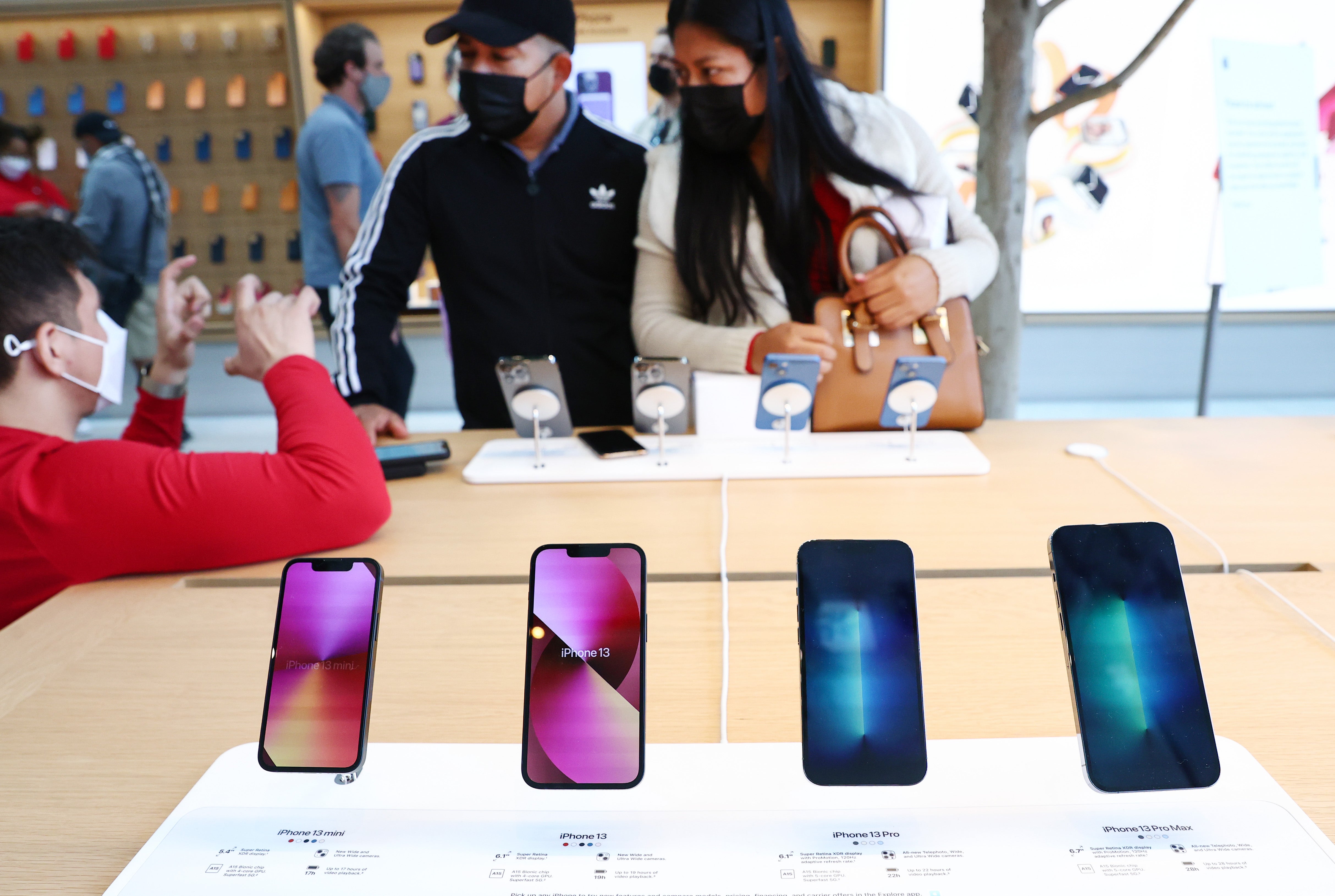Google starts public fight with Apple over ‘blue bubbles’ on iMessage

Your support helps us to tell the story
From reproductive rights to climate change to Big Tech, The Independent is on the ground when the story is developing. Whether it's investigating the financials of Elon Musk's pro-Trump PAC or producing our latest documentary, 'The A Word', which shines a light on the American women fighting for reproductive rights, we know how important it is to parse out the facts from the messaging.
At such a critical moment in US history, we need reporters on the ground. Your donation allows us to keep sending journalists to speak to both sides of the story.
The Independent is trusted by Americans across the entire political spectrum. And unlike many other quality news outlets, we choose not to lock Americans out of our reporting and analysis with paywalls. We believe quality journalism should be available to everyone, paid for by those who can afford it.
Your support makes all the difference.Google has started a public fight with Apple over the “green bubbles” that appear when their users message each other.
When two iPhones message each other, their texts appear blue; if someone receives a message from an Android user, however, they show as green. The system is intended at least in part to distinguish between iMessages, which are sent over the internet, and traditional texts.
The colour of the bubbles has also become a cause of concern, however, since it marks out Android users in group chats. Over the weekend, the Wall Street Journal reported that those green bubbles can lead to bullying and singling out of young people, if they are not using iPhones and so are unable to send blue messages.
After that report was published, Google seized on its to criticise Apple for not playing its part in making messages easier to send between different operating systems.
“Apple’s iMessage lock-in is a documented strategy,” wrote Hiroshi Lockheimer, Google’s head of Android. “Using peer pressure and bullying as a way to sell products is disingenuous for a company that has humanity and equity as a core part of its marketing. The standards exist today to fix this.”
That post was then highlighted by the official android account, which echoed its sentiment.
“iMessage should not benefit from bullying,” it wrote. Texting should bring us together, and the solution exists. Let’s fix this as one industry.”
The mentions of “standards” are presumably references to RCS, a new texting tool that Google has been pushing Apple to adopt in its iPhones. That is intended as an update to the existing SMS text message system, and would allow for more iMessage-like features such as encrypted texting.
In a more recent post, Mr Lockheimer made that clear. In a series of tweets, he said that he was looking to clarify some of the more belligerent takes that had come from his original tweets.
“We’re not asking Apple to make iMessage available on Android. We’re asking Apple to support the industry standard for modern messaging (RCS) in iMessage, just as they support the older SMS / MMS standards,” he wrote.
“Why is this important? Phone number-based messaging is the fallback that we all know will work.
“If you want to reach someone and you don’t know whether they use app x y or z, you have high confidence that sending them a text (SMS) will work. That’s because it’s a standard and supported by essentially all mobile devices. That’s probably why Apple supported SMS to begin with.
“SMS has evolved, and it’s better. You can see read receipts, typing indicators, better groups, secure 1:1 messages (groups coming soon) etc. That new standard is called RCS, and it’s available now.
“Supporting RCS would improve the experience for both iOS and Android users alike. That’s right, RCS will also improve the experience and privacy for iOS users.
“By not incorporating RCS, Apple is holding back the industry and holding back the user experience for not only Android users but also their own customers.”
Apple has never said publicly either way whether it is working to support RCS in iMessage, or whether it would want to do so. Public documents have shown that its executives are aware that the blue bubbles and the iMessage infrastructure helps keep people on iPhones, and encouraged the use of them as a result.
Join our commenting forum
Join thought-provoking conversations, follow other Independent readers and see their replies
Comments